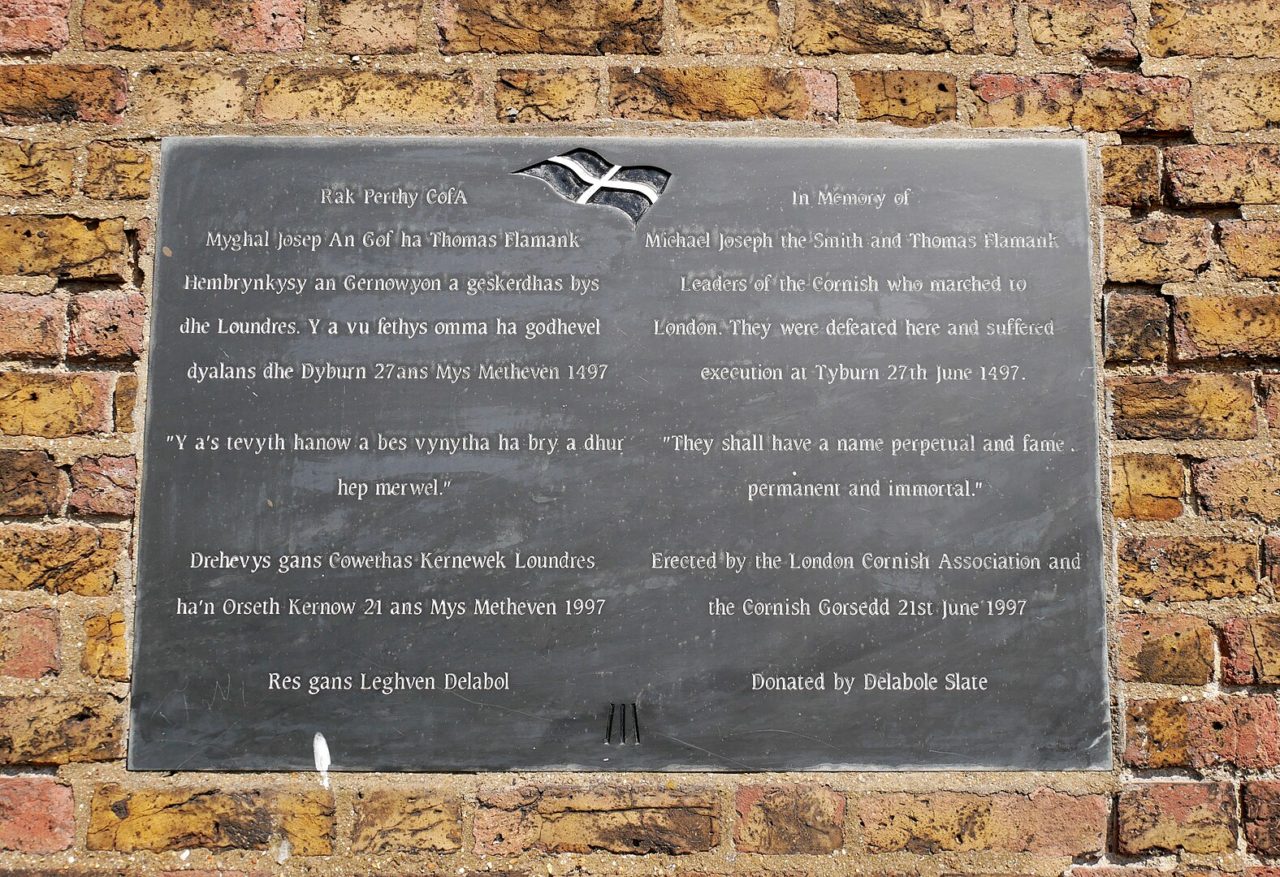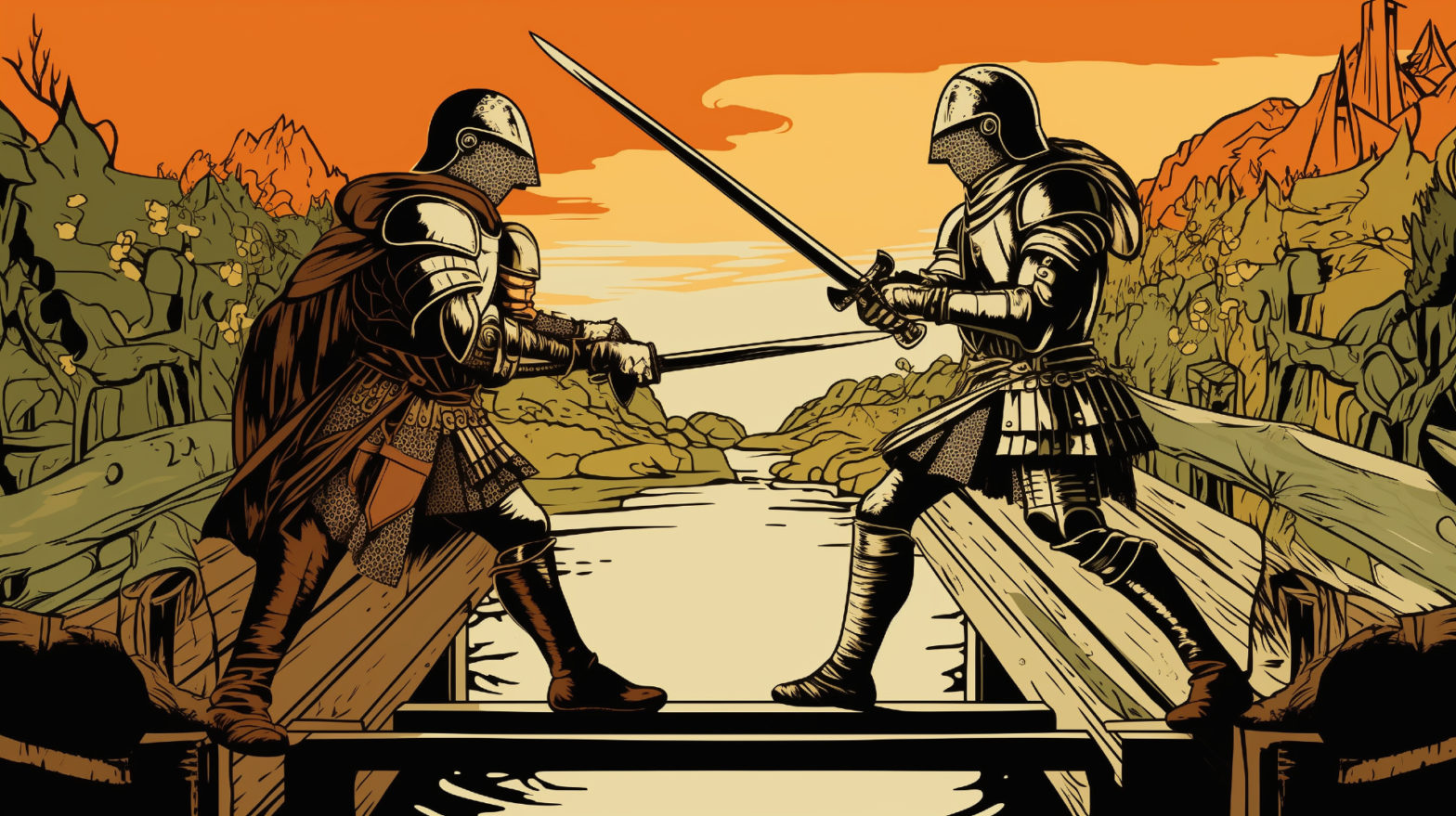For a trained eye, the history of London reads like a journal of riots and rebellions, with the occasional outburst of civil unrest. From the Peasants’ Revolt to the Old Price Riots (sparked, believe it or not, by higher theatre ticket prices), Londoners and their neighbours have never shied away from a good uprising—though, more often than not, such ventures resulted in participants being hanged, drawn, and quartered.
The Cornish Rebellion of 1497 was a classic tale of taxes, grievances, and poor tactical decisions. King Henry VII, fresh off inventing the Tudor dynasty, decided to raise taxes to fund a Scottish campaign. Cornwall, already feeling geographically and culturally overlooked, responded with a collective, “Not today.”
Every decent uprising needs a leader, and the Cornish Rebellion had the fortune (or misfortune) of getting two: Michael An Gof, a blacksmith with a flair for speeches, and Thomas Flamank, a lawyer who decided rebellion might be a memorable career change. Their quarrel wasn’t directly with Henry VII but with his tax-happy inner circle: the Lord Chancellor and the Chancellor of the Duchy of Lancaster. A “policy critique” rather than outright treason, a lawyer might argue. After all, who hasn’t daydreamed about rebelling against a chancellor or two?
The pair gathered an army of 15,000 Cornishmen, marching through Devon and Somerset like medieval influencers, collecting provisions and followers. Spirits were high until they reached Kent, where they hoped for reinforcements. Kentish folks, however, said, “You’re on your own, lads.” By the time the rebels reached Blackheath—today known for its charming cafes (arriving, alas, several centuries too late for An Gof)—the mood had soured. Desertions plagued the camp, and morale crumbled like poorly made Cornish pasty.
The final showdown came at Deptford Bridge on 17 June 1497. Facing Henry’s professional army of 25,000, the Cornish were outnumbered, outclassed, and—spoiler alert—destined for defeat. Lord Daubeny led the charge, briefly got himself captured, but was politely released by the rebels—an odd act of chivalry that history doesn’t quite explain.
Alas, An Gof and Flamank were captured, and the rebellion was crushed. Both leaders were executed at Tyburn, with An Gof proclaiming he would have “a name perpetual and a fame permanent.” He was technically right: there’s now a plaque commemorating the rebellion on the north side of Blackheath. By the way, this wasn’t the first time Blackheath played host to a mob with big dreams and poor odds—but that’s a story for another day.

Elia Kabanov is a science writer covering the past, present and future of technology (@metkere).
Illustration by Elia Kabanov feat. Midjourney, photo by Ethan Doyle White/Wikipedia.
If you like what I’m doing here, subscribe to my newsletter on all things science:
